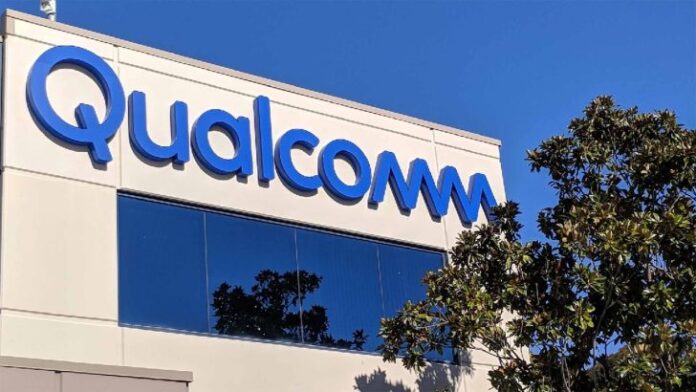
Qualcomm is said to trim its workforce by 2.5 percent, with the layoffs reportedly happening in its Santa Clara and San Diego offices. After previously laying off 415 employees, the chipset manufacturer is being forced to reduce its personnel headcount once more. Industry experts have commented that the comeback mounted by Huawei, along with the failed suppression efforts from the U.S. on China, has affected firms such as Qualcomm, and 2024 is not expected to make things any brighter.
Job cuts will be in effect from December 13, with Qualcomm’s San Diego office said to layoff the majority of employees
Out of the 1,258 employees, CNBC reports that 1,064 of them stationed at the San Diego office will have their livelihoods cut short, while the Santa Clara region will see 194 jobs eliminated. Both facilities will remain functional, with the job cuts said to come into effect starting December 13. According to Global Times, Qualcomm has denied laying off employees in Shanghai but does mention that some adjustments are in order. The company provided CBNC with the following statement.
“Given the continued uncertainty in the macroeconomic and demand environment, we expect to take additional restructuring actions to enable continued investments in key growth and diversification opportunities. While we are in the process of developing our plans, we currently expect these actions to consist largely of workforce reductions, and in connection with any such actions we would expect to incur significant additional restructuring charges, a substantial portion of which we expect to incur in the fourth quarter of fiscal 2023. We currently anticipate these additional actions to be substantially completed in the first half of fiscal 2024.”
Though waning smartphone demand has had a deleterious effect on Qualcomm’s business, experts have commented that geo-political reasons are responsible for these layoffs, too. With sanctions placed on Chinese firms such as Huawei and ZTE since 2019, it was clear that the U.S. had intentions of suppressing advancements in technology in this region. Unfortunately, those efforts have backfired, with Huawei coming back strongly with its Mate 60 range that features the Kirin 9000S SoC that SMIC locally produced on its 7nm process.
Xiang Ligang, a veteran telecom observer, said that with Huawei’s success now visible in plain sight, it does not need to purchase Qualcomm’s chips, putting a massive dent in the latter’s smartphone chipset and 5G modem business. He also states that Huawei’s resurgence will affect Qualcomm’s market share among other Chinese customers, such as Xiaomi and OPPO.
“Huawei has successfully developed its own smart chips, meaning that there is no need to purchase chips from Qualcomm. Additionally, Huawei's re-entry into the high-end market in China has had an impact on companies like Xiaomi and OPPO. This will indirectly affect Qualcomm's market share among other customers.”
Analyst Ming-Chi Kuo previously estimated that in 2024, Qualcomm could lose up to 60 million chip orders thanks to the Kirin 9000S, which will undoubtedly translate into billions. Though the company has Apple to sustain it financially thanks to a recent three-year 5G modem licensing agreement, that too is also temporary, meaning that a ton of adjustments will be mandatory to help prevent, or at the very least, alleviate additional losses from Qualcomm’s side in the next few years.
WccftechContinue reading/original-link]




